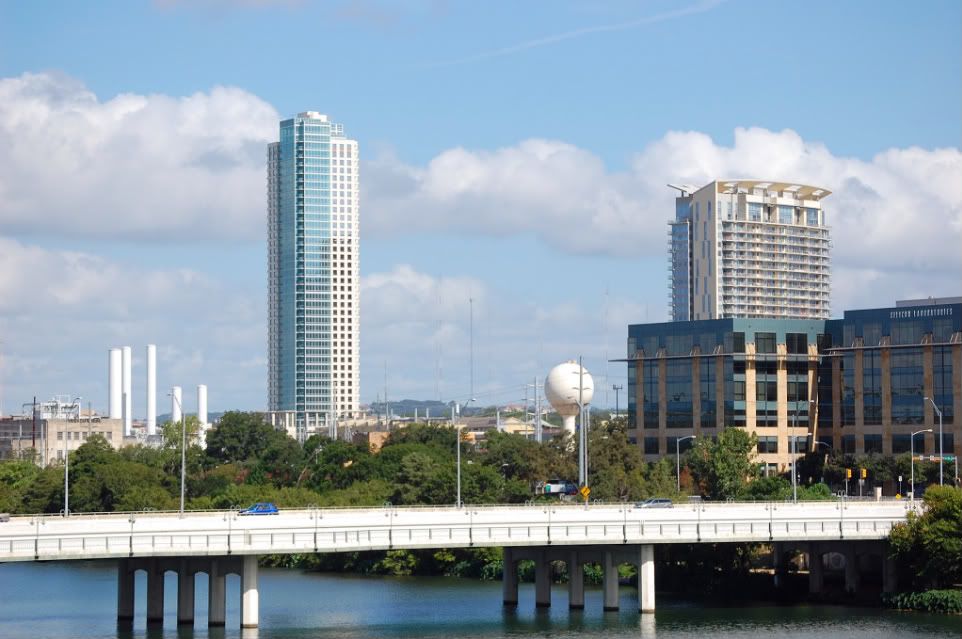According the Statesman, the proposed Federal Courthouse at 5th @ San Antonio begins construction in less than two weeks. Months ago $116MM of American Recovery and Reinvestment Act funds were allocated to the courthouse and, though seemingly moot, there continues to be strong opinions against the design and location. I’m looking forward to its completion. The new workforce occupying the courthouse will bring more economic activity to the retail shops within walking distance.
-Jude

